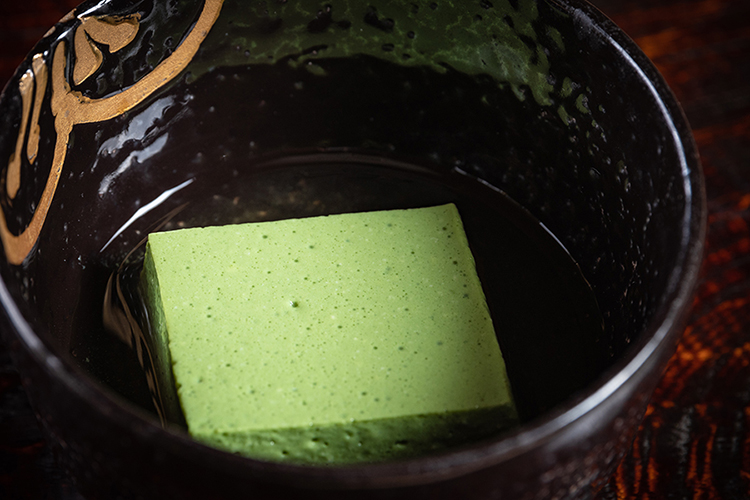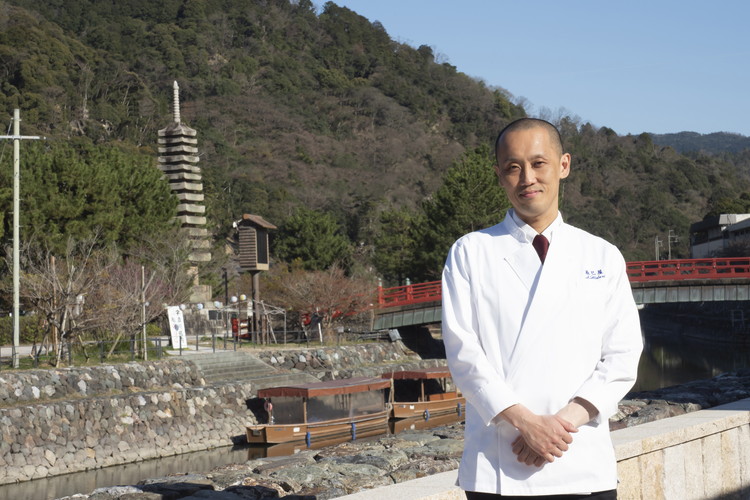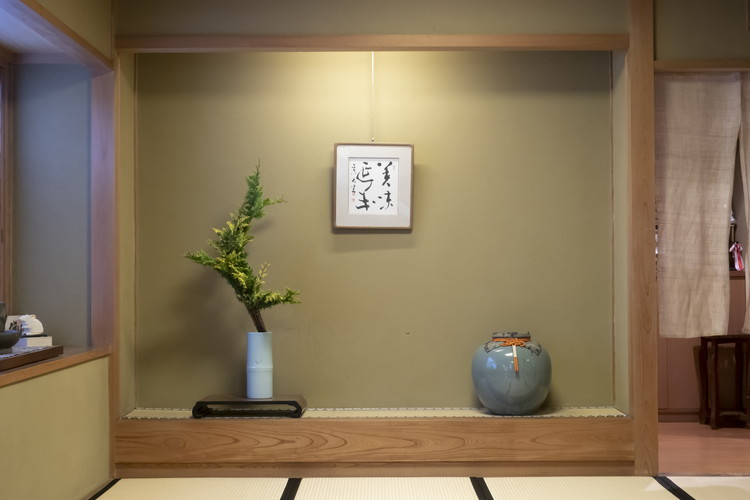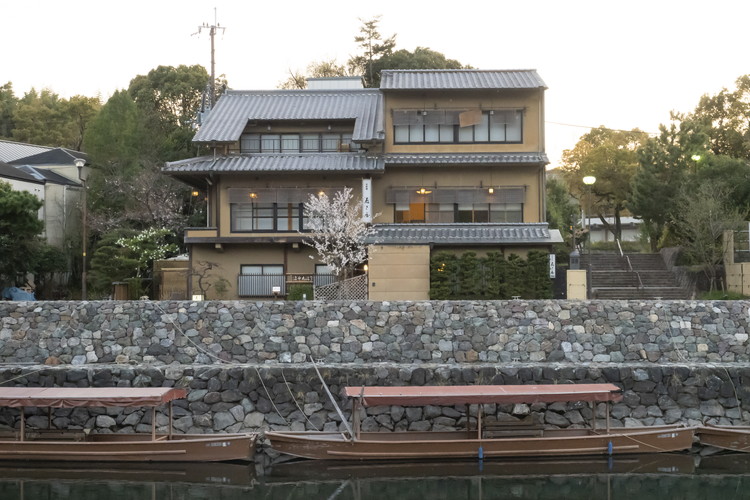

Uji is known not only as a the summer homes for noblemen during the Dynastic period, but also as the scenic setting for The Tale of Genji, Uji Jucho. Tatsumiya first opened its doors in Uji, well known for tea cultivation, as a tea wholesaler. After been known for its tea, it later transitioned into a restaurant in the Taisho era. Its specialty, matcha cuisine, was conceptualized with the desire to create a cuisine that’s worthy of the name of a long-established teashop. The appetizer matcha tofu made by the predecessor is now a signature menu item. Its current chef, Soichiro Hidari, was trained in Kanazawa for 14 years before joining the family business in 2018. Honing traditional craftsmanship with sensibility, Hidari established his unique style for Tatsumiya. Tatsumiya constantly strives to evolve matcha cuisine with the goal of fusing diverse and high-quality teas that is only available in Uji with Kyoto cuisine. Dishes are created daily here with the best seasonal ingredients that are sure to offer the full pleasure of freshness as well as to stimulate the five senses of all its guests.

This is Tatsumiya’s signature dish—matcha tofu. It is handmade in three days from carefully selected high-grade soybeans; bittern is then used to harden the soya to form a texture that is unique to tofu. The result is a harmony of the sweetness of soybeans with the richness of matcha—the taste that is a secret that has been passed down through the generations.
There is a reason why one must start with matcha tofu when sampling the matcha cusine. Chef Hidari explains that it’s not solely for the purpose of making a strong impact, but for “one can taste the delicate texture and the flavor of matcha when biting into the tofu. It is made with high-grade ceremonial matcha that can be used to make koicha (strong tea in tea ceremony).”

Befitting to the theme of matcha cuisine, the matcha tofu, topped with an original matcha sauce, is served in a tea canister (natsume). Chef Hidari explains that he will not repeatedly serve the same type of dishes created seven generations ago; instead, he wants to bring his own uniqueness to the dishes using inspirations he acquired from studying tea ceremony. By considering the compatibility of matcha salt, sauce, and gelee, to all the other ingredients, he wishes to utilize different types of matcha to create different dishes that would compliment a course meal one would never get tired of.
※All matcha course meals must be reserved in advance
Menu https://uji-tatsumiya.co.jp/menu/index.html

From the spring kaiseki course: Three types of Sashimi featuring tuna, sea bream, and cuttlefish.

This is a seasonal sampler featuring spring ingredients including bamboo shoots, baby octopus, spring shiitake, and fava beans.

Sakura trout grilled with sake lees mixed with white miso with bamboo dengaku garnish on the side. Chef Hidari says that the while seventh generation chef had a particular liking to porcelain and Kyoyaki (pottery made in Kyoto), he favors the gentle feeling of wood and earth ware so he often uses Shigaraki (stoneware pottery from the Shigaraki area) or wooden utensils.

As one of the chefs passionate about leading the future of Kyoto cuisine, Tatsumiya’s current chef Soichiro Hidari says he wants to “let the restaurant grow to not only be known as Tatsumiya of Uji, but Tatsumiya of Kyoto.” He first realized he was taking over the restaurant when he was 20 years old. When asked by his predecessor, the 7th generation owner, “What are you going to do?” he was taken aback and decided to take the path to cooking. “I immediately searched for a restaurant in Kobe to start training.” A year later, he moved to a restaurant in Kanazawa, and before returning to Tatsumiya he thought, “I was going to return to Tatsumiya someday, so I should utilize my time now to absorb everything there is to know before returning.” He is currently a member of the Japanese Culinary Academy, an organization that has made efforts to register Japanese cuisine as an UNESCO intangible cultural heritage, and contributes to spreading Japanese cuisine. The Japanese Culinary Academy and the local dietary education committee of Uji are also holding educational culinary activities for elementary and junior high school students to convey the wonders of Japanese cuisine.

The flowers at the entrance and in each of the rooms of the restaurant have been hand picked and arranged by chef Hidari’s wife, the restaurant’s proprietress, to show the hospitality spirit to each of the guests who visit the rooms. “We value welcoming our guests with a smile. We want to create a good atmosphere during the important time our guests choose to spend here.”

Standing along the Uji River, one of fun things to see in the summer through Tatsumiya’s windows is cormorant fishing. Chef Sazu says “through learning tea ceremony, I have changed the way of thinking and the way of handling things, and it has also influenced me in my plating arrangements.” Together with his wife, he says he will continue to work harder to make more people enjoy Tatsumiya in the future.
| TEL | +81-774-21-3131 |
| Lunch Dinner |
11:00~14:30(L.O) 16:30~19:30 (L.O) |
| Access | Keihan Uji Line Uji Station 10-minute walk |